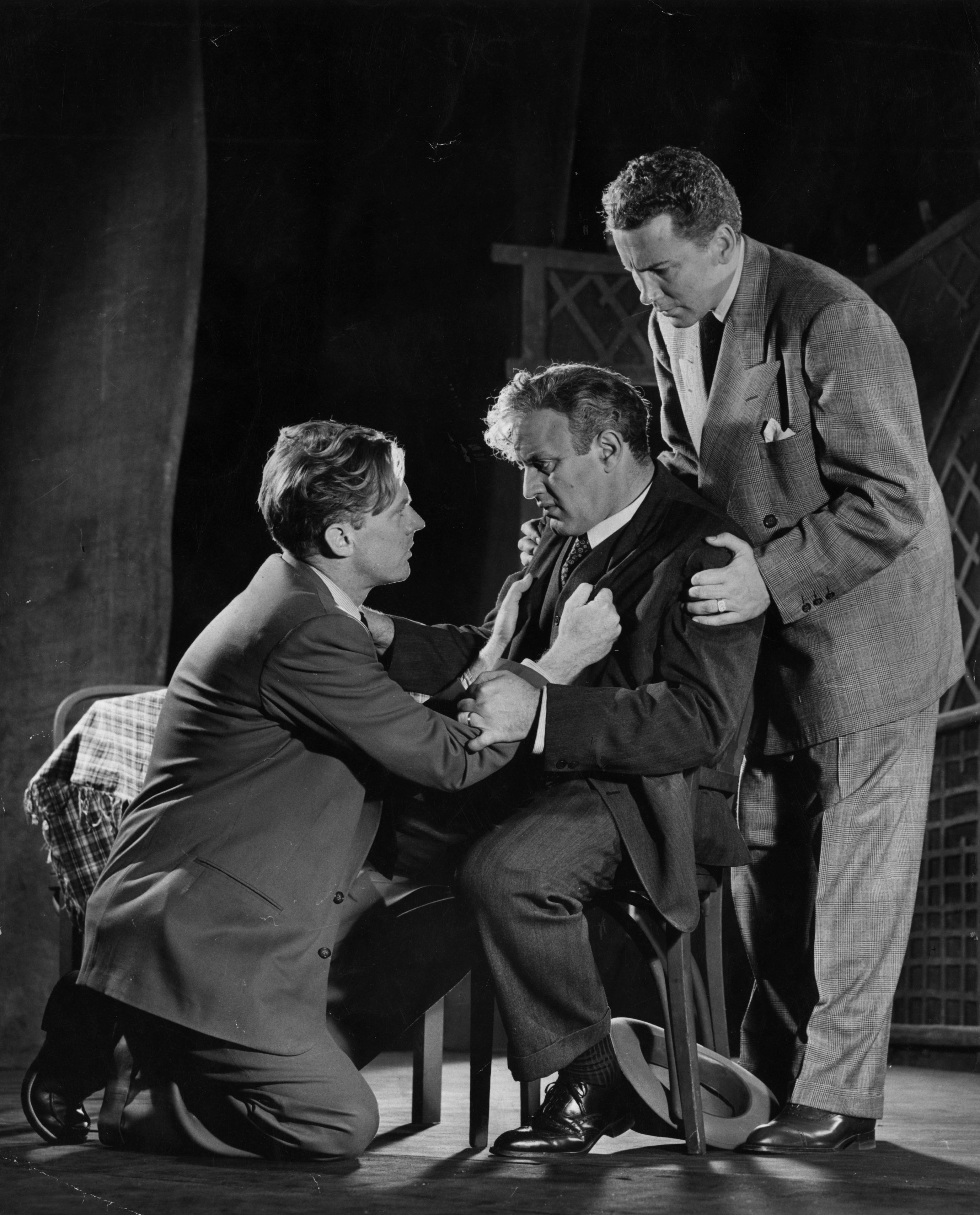Death of a Salesman is a powerful tragedy by the American dramatist Arthur Miller. It opened on Broadway in 1949 and won the 1949 Pulitzer Prize for drama. Miller describes the play as “the tragedy of a man who gave his life, or sold it” while pursuing the American dream. The play typifies Miller’s belief that the “common man” is the modern tragic hero.

Death of a Salesman portrays the last days in the life of Willy Loman, a traveling salesman who believed that popularity was the key to wealth and success in life. But after long years on the road as a salesman, Loman looks back on a life of personal and professional failure. His company is about to fire him, he has no financial security, and his two grown sons are rootless, cynical misfits. The action centers on the last few days of Loman’s life but moves back and forth in time over several years. Much of the action is seen through Loman’s mind and memory.
Death of a Salesman has generated enormous discussion and some controversy over the years. Critics do not agree as to whether Loman’s tragedy comes from his personal flaws or whether society should be blamed for luring the man with false values of popularity and material success.
Critics who hold Loman responsible for his destruction point to his weakness for short cuts to success. They note that he is a decent man, but he deceives himself into believing that to be well-liked is the key to wealth and happiness. By teaching such false values to his sons, Willy shapes them for failure. Other critics accuse society of depicting popularity and riches as the key to the good life. Weak individuals, such as Willy Loman, slight honesty and hard work as the proper values for success.
Death of a Salesman has been popular throughout the world since it opened. Audiences internationally respond to the play’s imaginative structure and to its gripping and emotional portrait of an average man broken by disappointment and failure.
